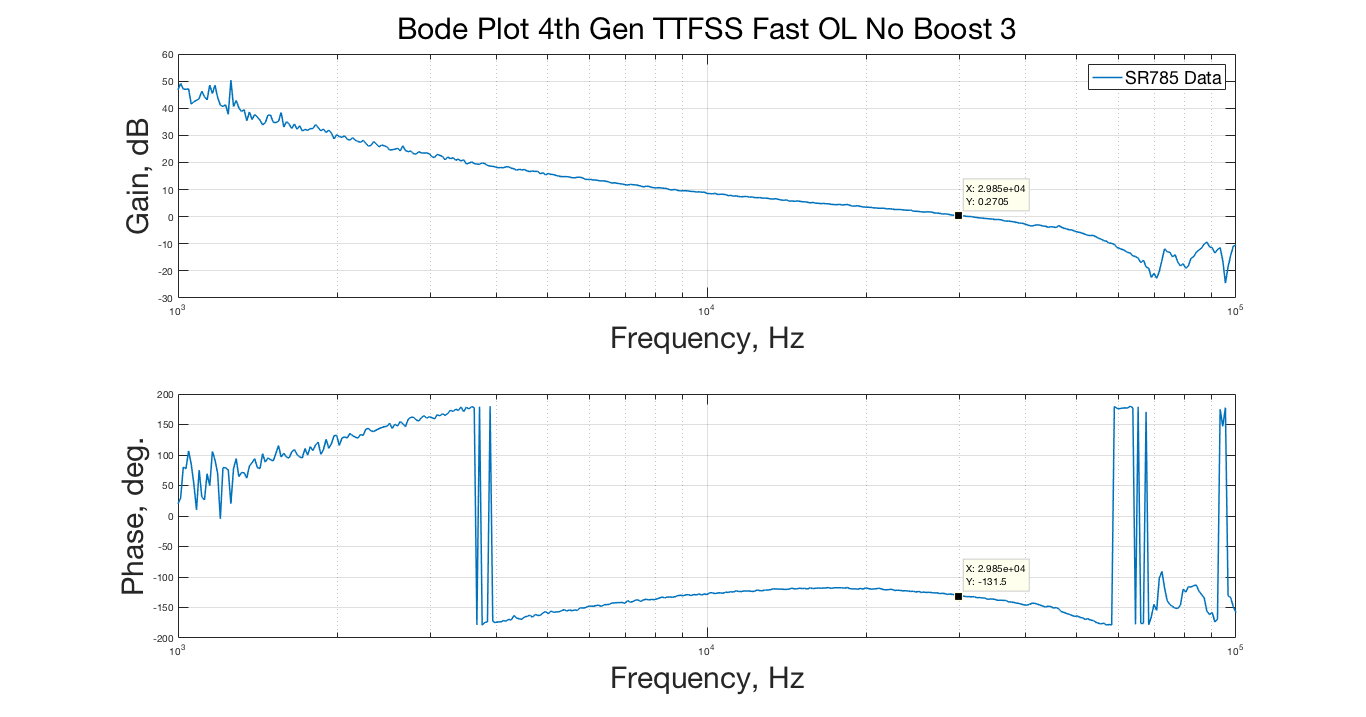WP7325.
The time has come to upgrade our working directories under /opt/rtcds/userapps/trunk from SVN version 1.6 to 1.8. Increasingly svn clients and python-svn bindings on Debian only support 1.8, so the time has come to make the upgrade.
Remember that under /opt/rtcds/userapps/trunk each subsystem is a separate working directory, so I am upgrading each one at a time. I have completed als, asc and cal (skipping asc since Daniel is working on that system).
During the upgrade I am committing local modifications into the repository, adding files which should have been under svn, and documenting the files which remain outside of SVN. I'm taking special care with common files to ensure we don't break LLO. The old version of the directory is being renamed with an _1.6 suffix (e.g. cal_1.6), and the new system is checked out cleanly from the repository.
My progress can be monitored on the WIKI page https://cdswiki.ligo-wa.caltech.edu/wiki/UpgradeUserappsSVNVersion
Please email or call my cell phone if the upgrade causes any problems.



































Photographic highlights from today's HAM6 work (names of photos describe the photos).
Other pictures.
IMAG1031~2 (1st picture): Clearance between the FS wire and the beam when the FS is open.
IMAG1036~2 (2nd): One pair of FS wires ("continuity test" or some such) with a clear kapton tubing for insulation.
IMAG1008 (3rd): OMC TRANS beam is at the top corner of the card TVo is holding.
IMAG1010 (4th): SiC beam dump.
IMAG1012 (5th): OM1, high power beam dump and other things.
IMAG1017 (6th): OM3 and FS.
IMAG1019 (7th): OM3 and 1st OMC REFL steering mirror.
IMAG1020 (8th): OM2.
IMAG1023 (9th): AS WFSs and sled.
IMAG1024 (10th): Two OM3 trans steering mirrors for AS WFS sled.
IMAG1025 (11th): OMC trans steering mirror.
IMAG1026 (last): 2nd OMC REFL steering mirror.
The neat thing is that now both OM1's (L1 and H1) seem to want to be about 2 inches off in the -X ifo direction. So at least we're consistent? See LLO alog about OM1 here: LLO alog 37279 and compared to drawing D1000342.